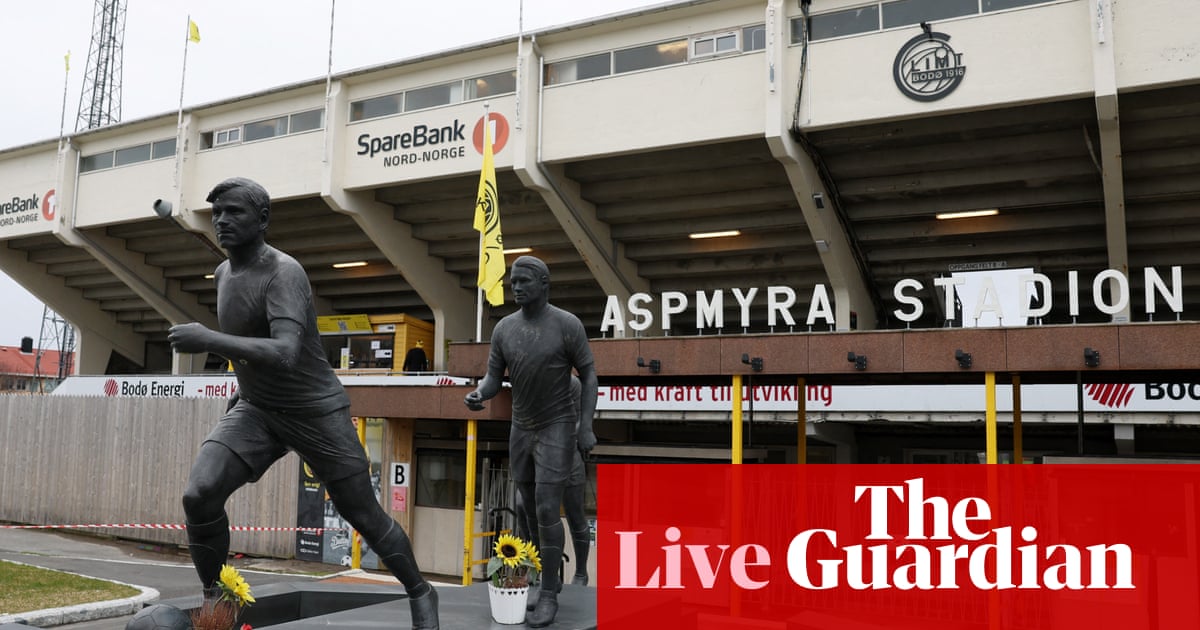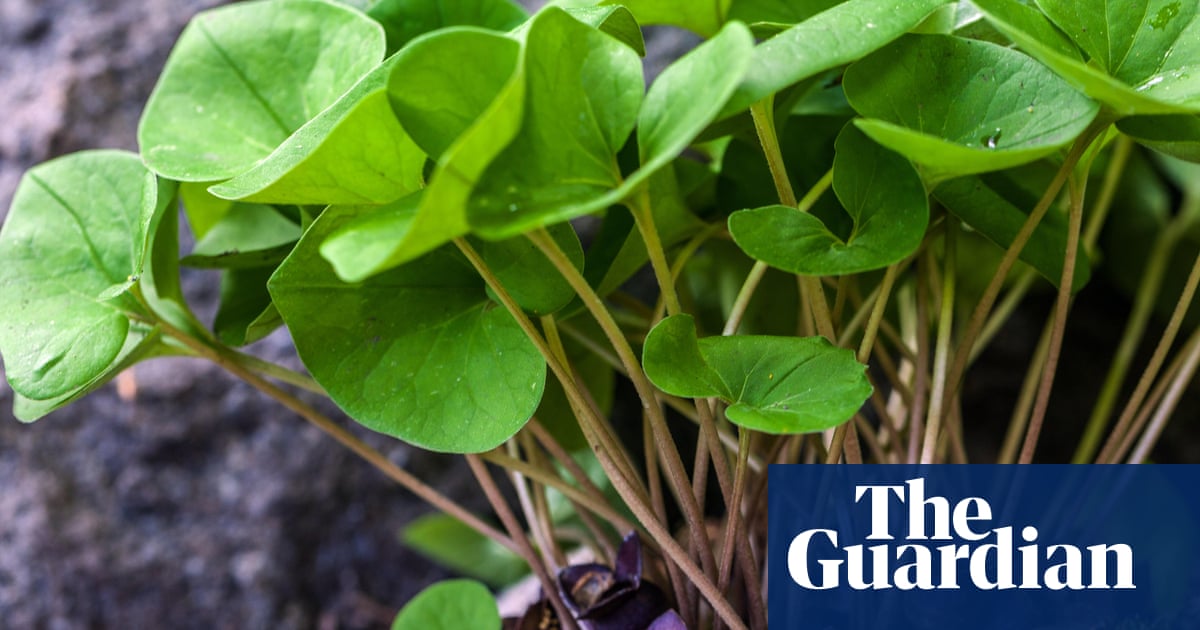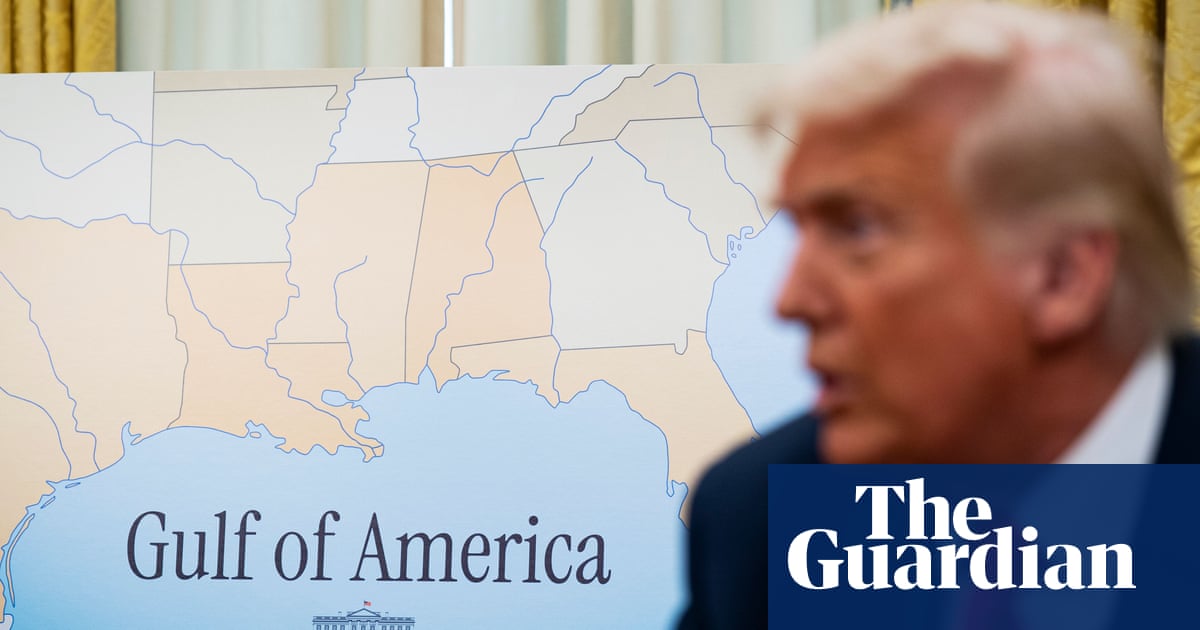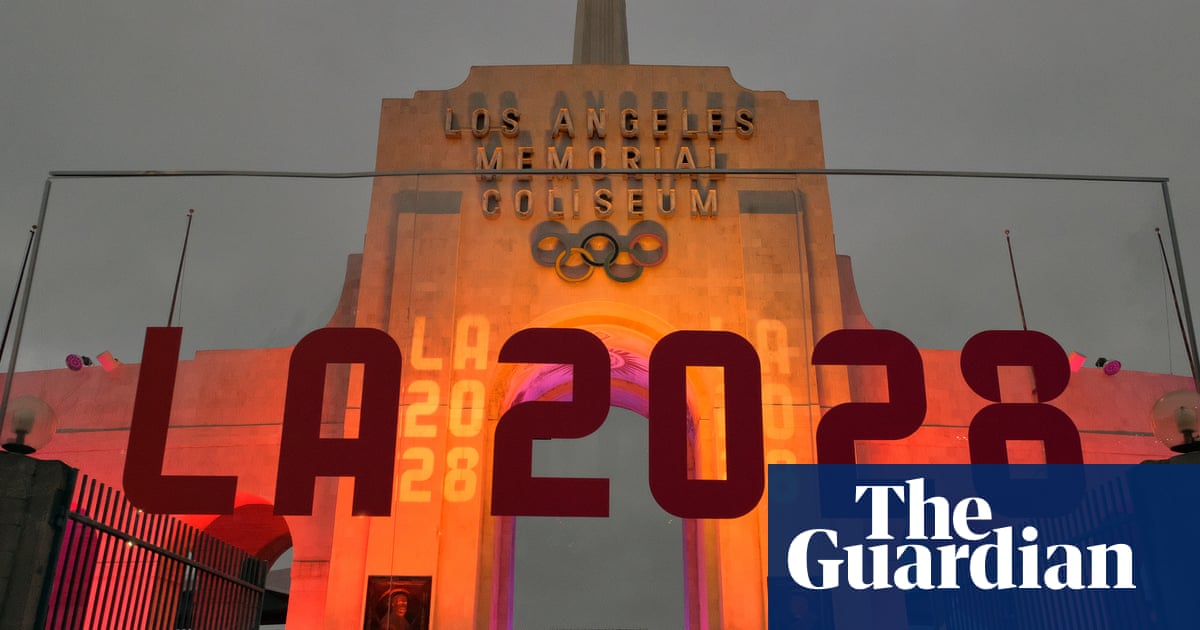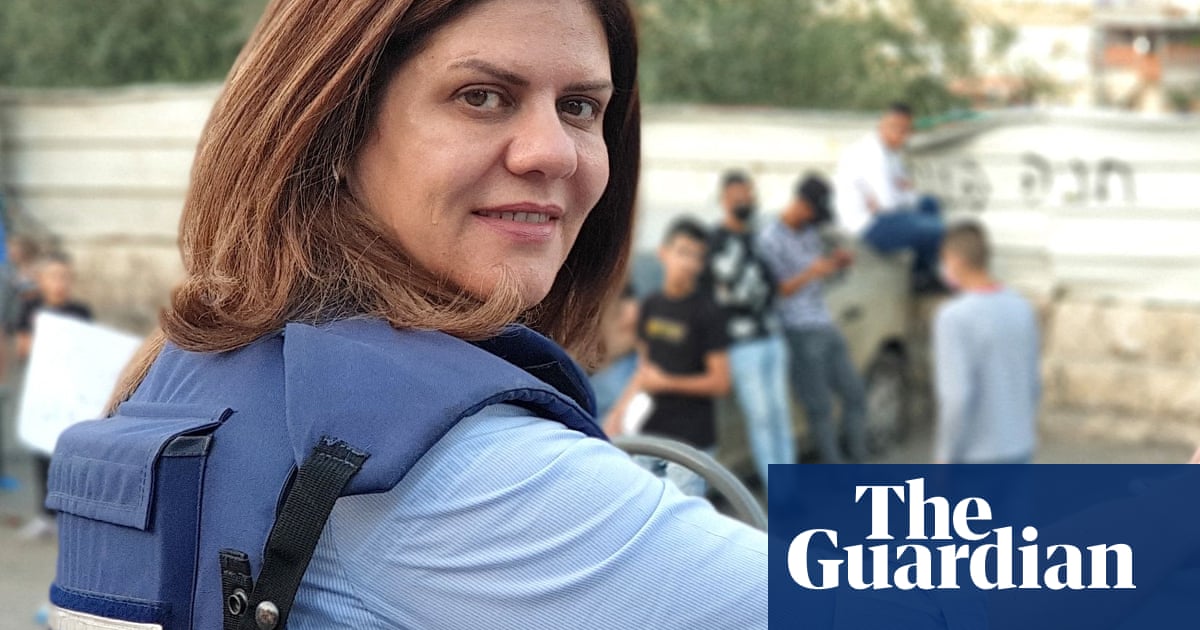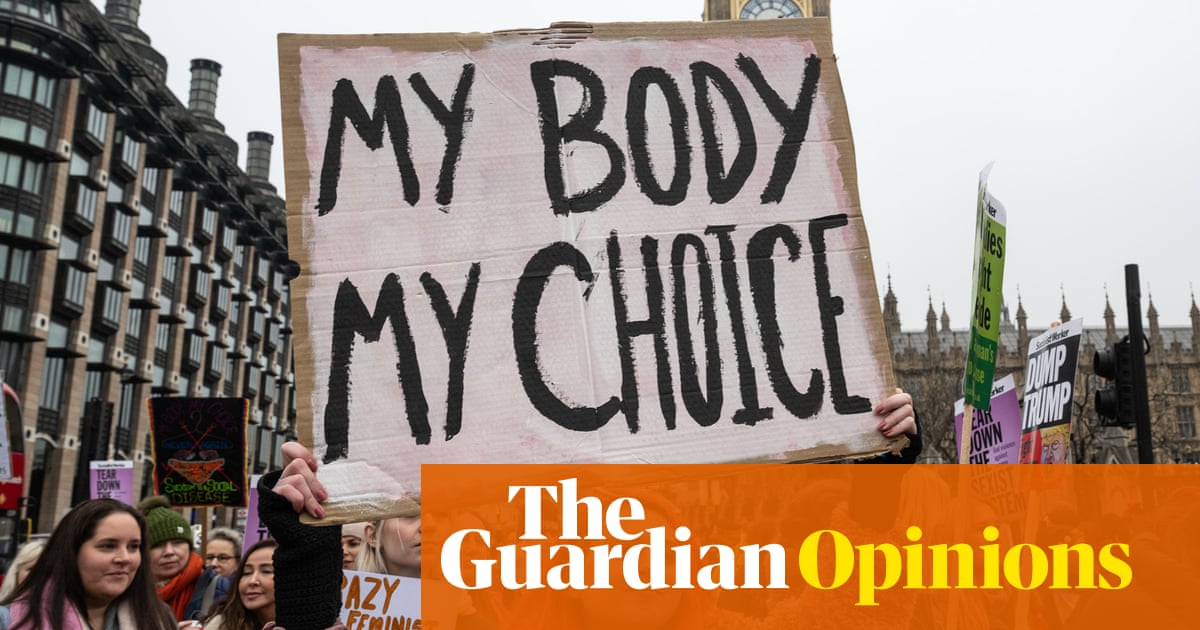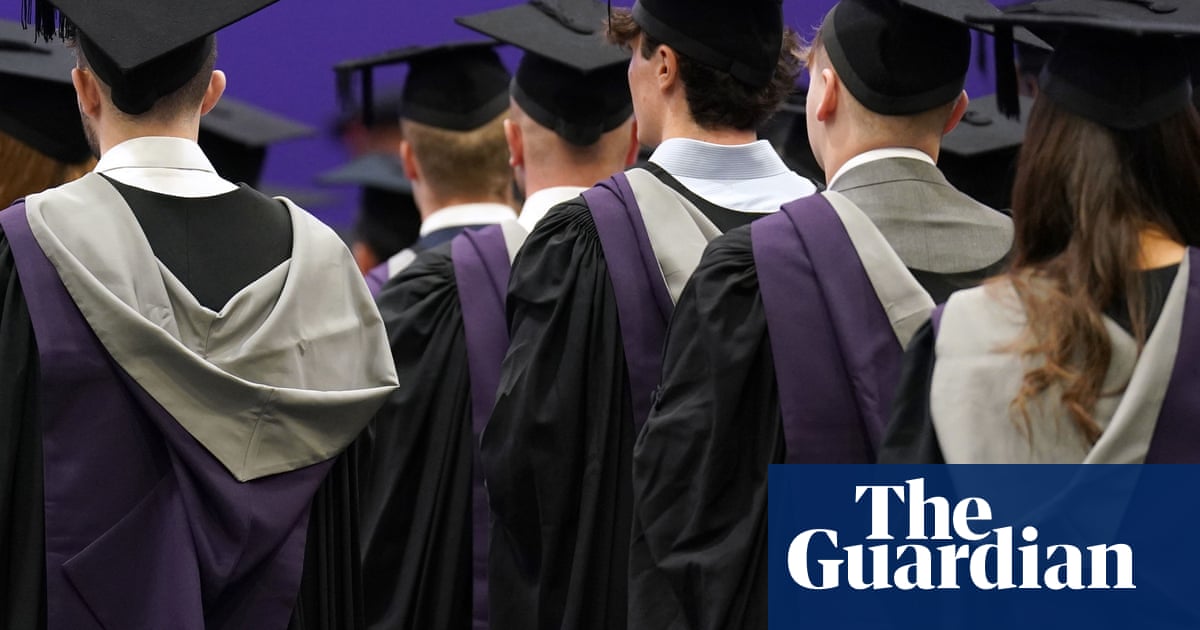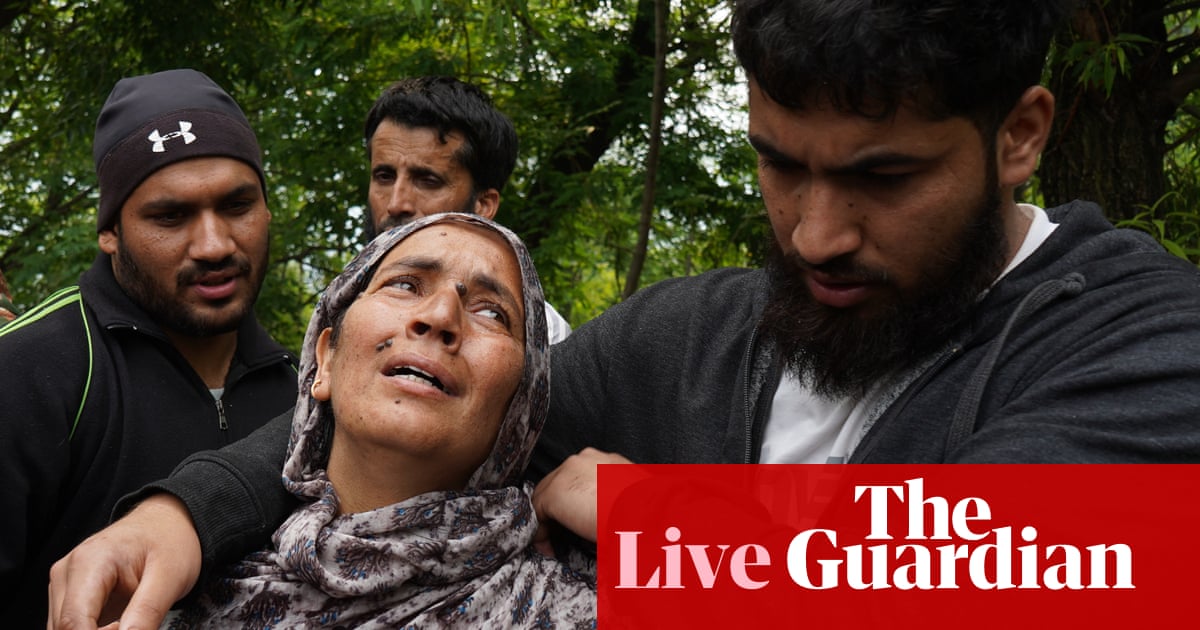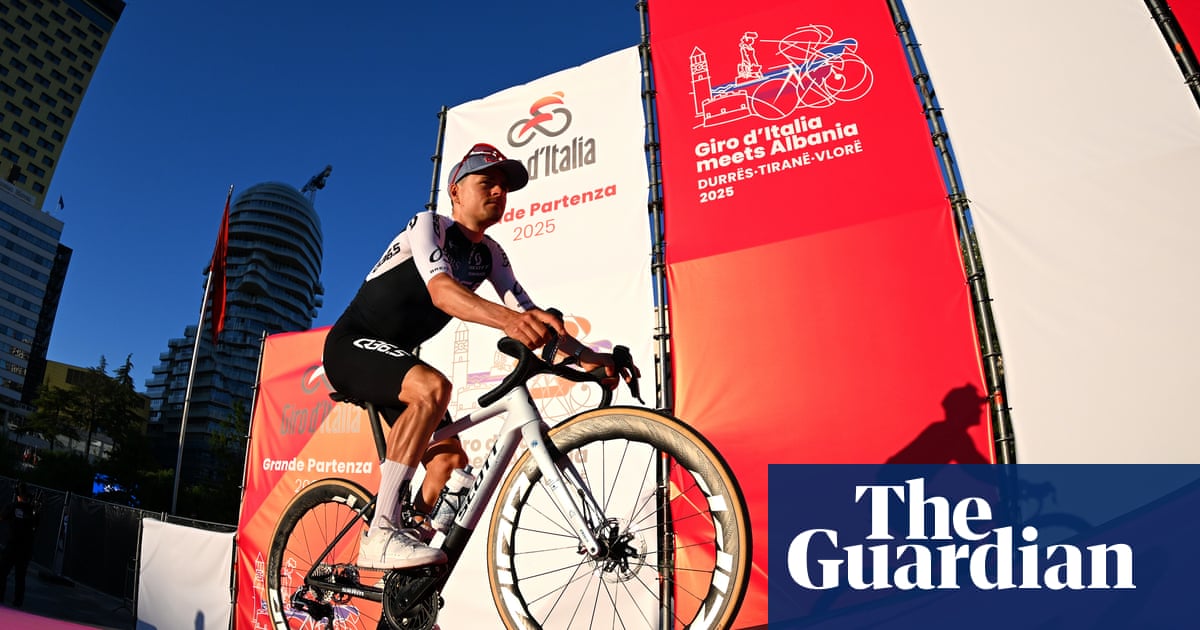When the coronavirus pandemic hit in 2020, Roxana Borda Mamani had to leave Mexico, where she was studying for her degree in rural development and food security, and return to her remote village in the Peruvian Amazon.
At the time, the Indigenous community in Alto Mishagua had neither an internet connection nor a reliable energy source. “How am I going to study?” Borda asked. “With energy from the sun,” replied her friend, a fellow member of the Latin American Observatory for Energy Geopolitics at the Brazil-based Federal University of Latin American Integration (Unila).
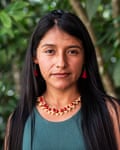
Borda began researching the components of an off-grid solar energy system: photovoltaic (PV)9 panels, a battery, an inverter and a charge controller.
Five years later, her community has a 400W solar system powering a 24-hour satellite internet connection and charging points for phones and torches next to a small school that was set up thanks to the new energy source.
A second phase, due to be implemented this year, will equip households with PV panels, providing the community’s 50 families with regular electricity access and ending their reliance on expensive and polluting diesel generators.
The initiative was developed by Borda and five other students at the Energy Observatory, with the community’s backing, support from the Canadian energy-access charity Light Up the World, and grants.
“Our idea was to be independent [and] promote the autonomy and self-management of the energy and communication systems,” says Borda.
The project is called Aylluq Q’Anchaynin, which means “the energy of the community” in her native Quechua.
More than 16 million people do not have access to electricity in Latin America and the Caribbean – despite often living in the shadow of fossil-fuel extraction projects, as in parts of the Amazon.
Community-driven clean energy systems, such as Borda’s, sometimes called “energy communities”, are a way to tackle the region’s energy poverty and insecurity while also contributing to a just energy transition that puts people first.
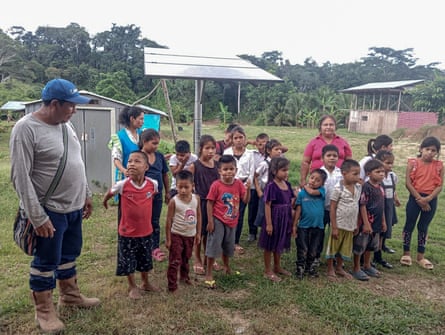
Ilan Zugman, regional director for Latin America and the Caribbean at 350.org, an international environmental organisation, says: “The beauty of these community-based projects is that they truly offer social and economic transformation with a much smaller environmental impact than a fossil fuel or large-scale renewable energy project.”
Alejandra Bernal, clean energy transition officer for Latin America at the International Energy Agency (IEA), says the region is well placed for energy communities to grow thanks to laws on self-generation of electricity and decentralised energy being the best solution for connecting isolated areas.
Last year, 65% of Latin America and the Caribbean’s electricity was powered by clean energy, of which 17% was wind and solar – above the global average of 41% and 15% respectively, according to the energy thinktank Ember.
Although solar-generated distributed energy (produced outside the primary grid) is growing fast, particularly in Brazil, “the majority of this renewable energy being added comes from massive wind and solar farms”, says Zugman.
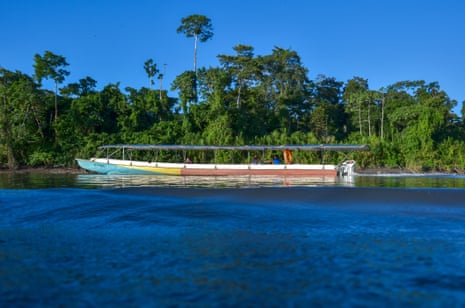
“Clean energy sources are growing, but we run the risk of having a decades-long energy transition that isn’t just, that repeats the negative models of the fossil fuel industry, affecting frontline communities without benefiting them,” he adds.
From the Chiloé archipelago in southern Chile to La Guajira on Colombia’s northern coast, via Brazil’s arid north-east, large-scale wind and solar projects have been criticised for failing to consult or benefit local communities while causing harmful social and environmental effects.
Zairybeth Velásquez, an Indigenous Wayúu leader from La Guajira, where Colombia’s efforts to develop the renewables sector are focused, says: “My people have resisted, maintaining our customs despite all the development around us, like coalmining, salt extraction, fossil gas – and now wind and solar.

“It used to be non-renewables and now it’s renewable resources, but we continue to be attractive to big multinationals looking to explore and exploit,” says Velásquez.
after newsletter promotion
Her community – which risks being affected by transmission lines – has been equipped with solar panels, but they are operated by a private company. The Wayúus’ lack of autonomy within the energy system raises questions about the project’s sustainability, she says.

According to the IEA’s Bernal, the energy transition cannot be limited to technological change. Community-based power generation “should be one of the solutions … to advance the energy transition”, she says, adding that public policies are required that address how these local systems fit into national energy planning.
Zugman says governments and financial institutions should step up to improve these projects’ visibility and capacity for expansion.
Colombia has the region’s most advanced framework for empowering communities to adopt decentralised clean energy: the Comunidades Energéticas programme, launched by President Gustavo Petro in 2023 in an effort to create 20,000 energy communities allowing people to generate, use and sell energy from non-conventional renewable sources.
In Chocó, Colombia’s poorest department on the Pacific coast, 24 PV panels now power the classrooms and canteen of La Loma agricultural college in Bojayá, benefiting 240 students. “It completely transformed the community, especially the education community,” says Ludys Mena, 52, the college’s director.
Mena, who grew up using polluting paraffin lanterns, now wishes this solar system could be expanded beyond the school to the entire community, highlighting the programme’s limitations. Implementation has also been a problem – as of last December, fewer than 150 energy communities were up and running out of 18,000 applications.
A campaign led by 350.org in April this year brought together nearly 300 climate activists and community leaders from 70 countries in Brasília to share experiences around energy transition.
The NGO is pushing for the just energy transition to be on the agenda at Cop30, the climate summit hosted by Brazil in the Amazonian city of Belém in November.
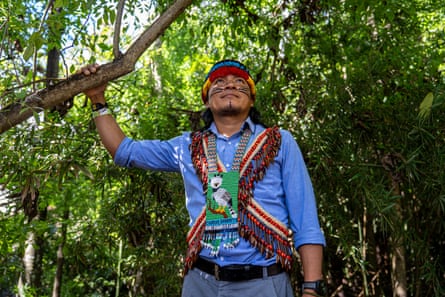
Campaigners gave the Cop30 president, the veteran climate diplomat André Aranha Corrêa do Lago, a letter calling for the implementation of the goal to triple global renewable capacity and the rapid phase-out of fossil fuels under the leadership of Indigenous and traditional communities, which are on the frontlines of the climate crisis.
“We want [a just, community-driven energy transition] to be part of the negotiations or the heads of states’ meeting,” says Zugman.
Bernal says: “Cop30 could be an excellent scenario to discuss greater engagement of communities in energy planning.”
It is, she adds, about “how to give more power to the people for them to decide on the way they consume and use electricity, and what sources they want”.
In the Ecuadorian Amazon, the Indigenous Achuar people decided they wanted solar power after consulting their elders and communal guayusa tea ceremonies. They have developed solar-powered boats that glide silently down the Capahuari River, learned how to operate and maintain them, and improved local education and their community tourism work thanks to solar panels being set up in 10 different communities.
This has also helped strengthen Achuar communities’ resistance to oil drilling on their land, says Nantu Canelos, director of the Kara Solar Foundation. “We’re building a future on our own terms.”

 6 hours ago
9
6 hours ago
9

